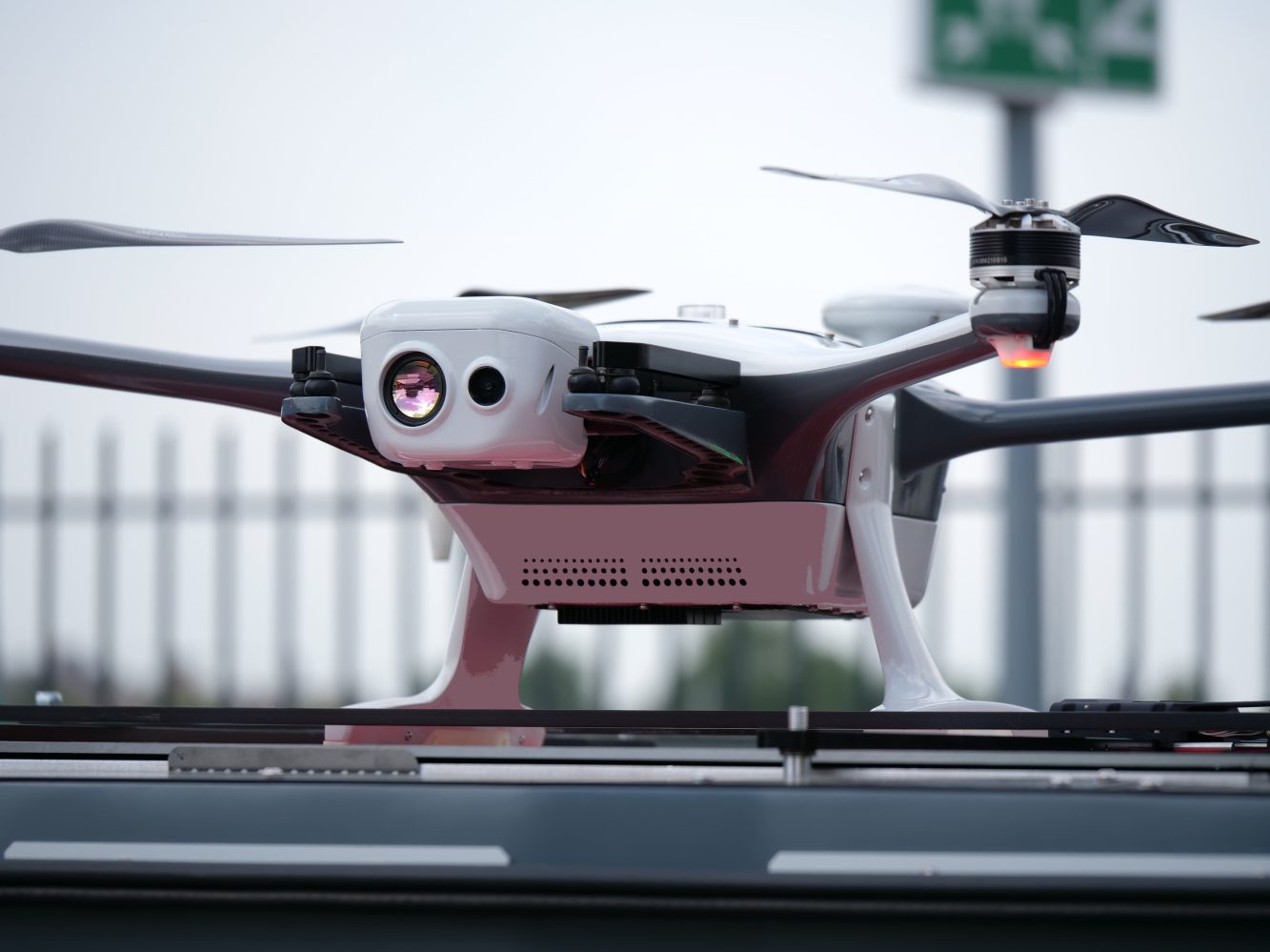
Leading drone-in-a-box solution provider Percepto has received an unprecedented waiver from the Federal Aviation Administration (FAA). This new approval allows the company to operate autonomous drones beyond visual line of sight (BVLOS) in shielded airspace, and that too without expensive ground-based or airborne detect and avoid (DAA) systems.
Percepto’s new BVLOS drone flight waiver is valid for inspection and monitoring operations at all critical and noncritical infrastructure sites across the United States.
Under the waiver, low-risk “shielded” BVLOS operations are authorized 200 feet above and around assets located on critical infrastructure sites. At noncritical infrastructure sites, shielded BVLOS operations are permitted 50 feet higher than the tallest obstruction located within a half-mile of the site.
Percepto says its achievement will benefit the whole drone industry and serve as a crucial step in fully integrating drones into the National Airspace System (NAS). As Neta Gliksman, VP of policy and government affairs at Percepto, puts it:
This waiver will help usher in a new era of scalable drone operations that will benefit the critical infrastructure industry immediately, and in the future, in ways we haven’t even yet imagined.
Koch Ag and Energy Solutions, a subsidiary of Koch Industries and a vocal advocate of Percepto’s drone-in-a-box solution, is equally buoyant about the development. “The ability to conduct remote BVLOS inspections without humans supervising the system and without the need for costly DAA assets will increase the value of the Percepto system while significantly [reducing] costs and barriers to BVLOS operations at our critical infrastructure and industrial commercial sites nationwide,” says Tim Shanfelt, PMP, operations enablement director at Koch Ag and Energy Solutions.
Danny Allen, geospatial intelligence supervisor at ConocoPhillips (another Percepto customer) adds:
The use of Percepto’s UAS to perform critical infrastructure inspections significantly improves worker safety and efficiency of operations by allowing inspections to occur remotely from anywhere in the United States.
Read: Mavic 3 Pro vs. Mavic 3 Classic: Which DJI drone should you buy?
FTC: We use income earning auto affiliate links. More.





Comments